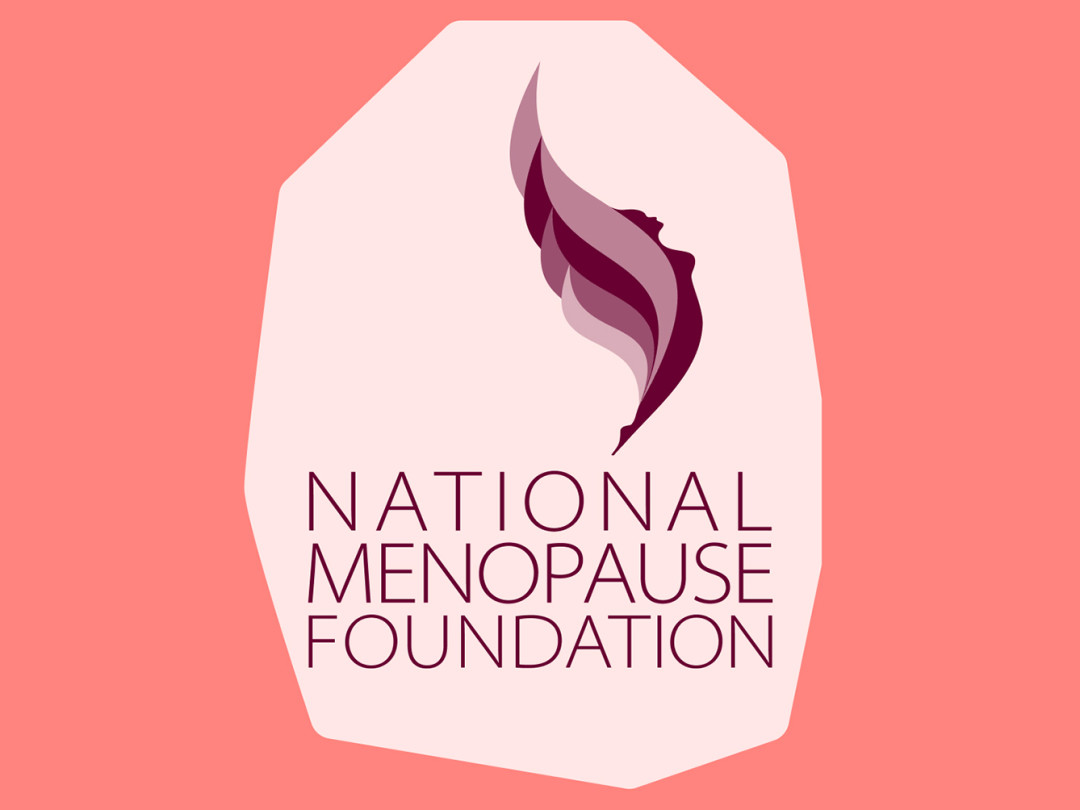#interview
Students Need Access to Period Products More Than Ever
voices
·5 min read

by Toni Brannagan | 06/03/2021
The results of the second State of the Period poll are here. State of the Period is a study that highlights the considerable barriers students in the United States face in accessing period products, an issue that the COVID-19 pandemic has predictably made worse.
We commissioned the poll alongside PERIOD, a youth-powered nonprofit group focused on combating period poverty and stigma, who we have partnered with in the past through our joint United for Access campaign. Founded in 2014 by two high school students, PERIOD has grown in the past seven years into an organization with hundreds of chapters that hold educational seminars, advocate for menstrual equity, and distribute period products in their communities.
Today, PERIOD’s executive director, Michela Bedard, is here to talk about State of the Period, the not-so-shocking data we uncovered, and what steps need to be taken to dismantle the stigma and achieve menstrual equity for all.
Thinx: Can you tell us more about your work and PERIOD’s mission?
Michela Bedard: We have three main pillars of our organization: service, education, and advocacy. Service is self-explanatory — we get menstrual products into the hands of people in need by distributing them ourselves and throughout our chapters. We also do a lot of education programs because the stigma isn't going to go away without education. We do our best to train young people about menstrual health and about how to tackle stigma anywhere they see it.
Our advocacy program equips and trains young people to be the grassroots movement for menstrual equity. We spend a lot of time doing policy and strategy training with young people about how to lead their own work in their communities. That could mean working for local policies at school districts or at their individual school, it could be working to eradicate the tampon tax in the state that they're in. We help them learn how to do a little bit of advocacy, organizing, petitioning, rallying, and building coalitions amongst one another — we believe deeply that young people are going to solve this crisis in their lifetime.
Why is access to period products such a big issue in the United States?
MB: State of the Period 2021 confirmed what we knew through our own work, which was that COVID-19 exacerbated the crisis, and currently we're at nearly 1-in-4 student menstruators struggling to access period products. Since COVID-19 started, the demand for our service program has grown thirtyfold. The access points of period products—schools, community centers, libraries, social service agencies—were cut off in the pandemic. I think this has really proved that access is as much of a crisis as poverty.
Most schools have toilet paper, paper towels, soap, and clean water, most shelters for people experiencing homelessness will have basic hygiene items, even most community centers will have hand sanitizer and hand soap, but you don't see menstrual products in those locations. It's an essential good that has been overlooked. When you have poverty and you have an essential good that isn't talked about, you have period poverty. At PERIOD, we always say that period poverty exists at the intersection of economic injustice and gender injustice. So wherever there's poverty, there’s period poverty. If you're barely able to pay for the basic essentials of your life—food, shelter, hygiene—you certainly are going to struggle paying for period products.
You mentioned the 2021 State of the Period validated the hypothesis that the pandemic exacerbated issues with access, what are some ways that the pandemic affected access that won't go away after the pandemic goes away?
MB: Until we know and believe in every layer of government that period products are an essential good, this crisis will continue. Products need to be easily purchasable with government programs for people who rely on public assistance. Products need to be easily accessible in schools, shelters, prisons, libraries, community centers, basically anywhere someone interacts with government or a public good, they need to be provided period products — the same way that soap and toilet paper is provided.
COVID-19 has exacerbated that lack of access because people weren’t leaving their homes for a time, but if there are not period products in those locations as we open back up, period poverty will continue to exist. So this is a two-fold issue: it's an issue of not understanding that period products are an essential good, and then it's an issue of access at those points.
We also see that people in poverty often have to choose other necessities over period products — what populations of students were most affected by lack of access and why do you think that is?
MB: As in many cases of poverty, people of color are disproportionately affected. What the data showed is that specifically Black and Latinx menstruators were disproportionately affected. This is something that we see across the board when we look at poverty — again, this is not just a crisis of poverty among those communities, but lack of access. We also see that women are disproportionately affected by poverty. We’re aware that not all menstruators are women and not all women menstruate, but by-and-large the data shows that women of color are most likely to be impoverished in this country, and that coincides with period poverty.
According to the study, almost 80% of students say there’s a negative association with periods, and 65% believe society teaches people to feel ashamed of their periods — what needs to change?
MB: Education! Over half the population menstruates, you either came from a menstruator, you are a menstruator, or you live with a menstruator. We need to start talking about this, people spend 30 years of their life menstruating and they need this essential good. If we continue this stigma and taboo around it, this crisis isn't going to be solved.
The only silver lining about those harsh numbers you listed are that people at a young age are now aware of the stigma and shame that they feel is perpetuated on them or their periods. That's really the first step to trying to beat it. At PERIOD, we do our best to equip young people to understand what stigma is, how to fight it, and how to start talking confidently about their periods. It's not anything to be ashamed about and it's something that they should be talking to the non-menstruators in their lives about. The more that it stays hidden, the less likely this crisis will ever be addressed.
On that note, more students than ever also believe there should be expanded education about periods, and advocates in this space. So how can folks be those advocates that students need?
MB: Those of us who are involved in education and curriculum can make sure that we're talking about menstruation whenever we're talking about health. And there’s other kinds of education too, let's think about parents, coaches, peers. How are we talking about something transparently without shame or secrecy when we're talking to our kids about their basic health? I think that this number has a silver lining, too — we know that people want to learn more. If young people want to learn more about menstruation, let's give it to them. Let's change curriculum so this happens.
But it doesn't only fall on educators, we also have to look at policy. How can we make sure that products are in schools and available to young people? School is where young people are most likely to interact with their government and interact with the public needs — if products are offered at school, people will be able to see them regularly, look at them regularly. The power that stigma has is taken away when you see period products in bathrooms, it just becomes an accepted good like toilet paper. We are far from that, but I am heartened to know that a lot of young people want it and understand that it is their right to have it.
This interview has been edited and condensed for clarity.
Check out the full State of the Period study here.
Toni Brannagan is a writer and was the former Copy and Content Manager at Thinx.
by Toni Brannagan
discover more topics
more from voices

Why We Need to Change the Way We Talk About Periods
by Keeley McNamara, CNM, and Jen Swetzoff
07/17/2023

